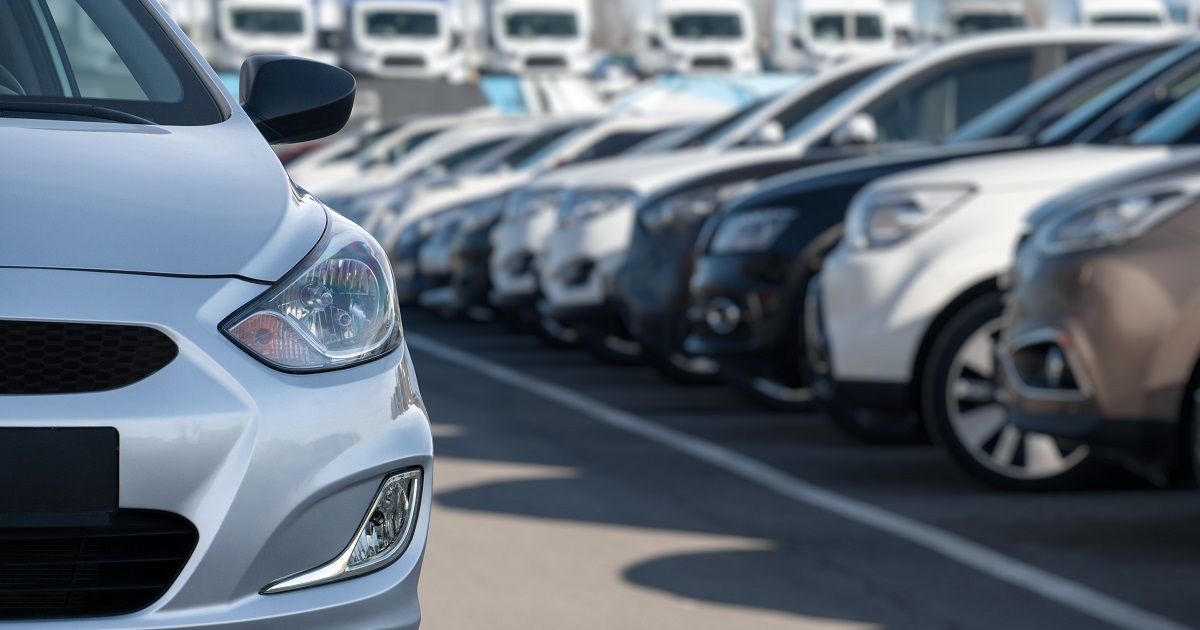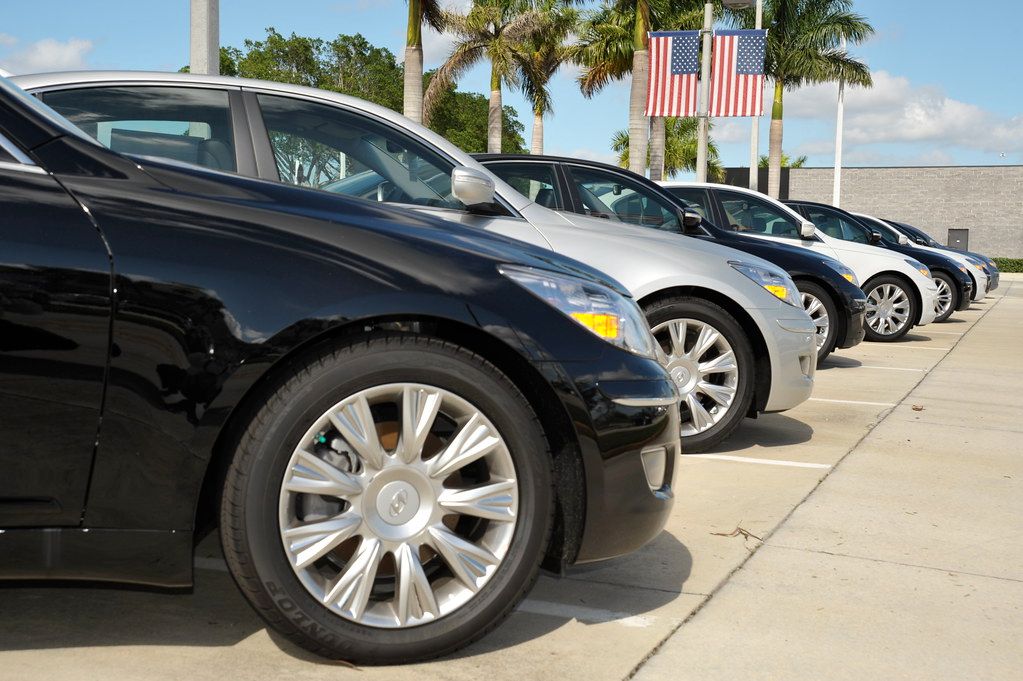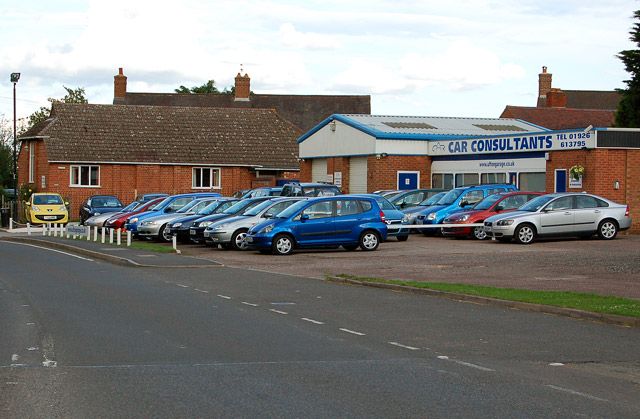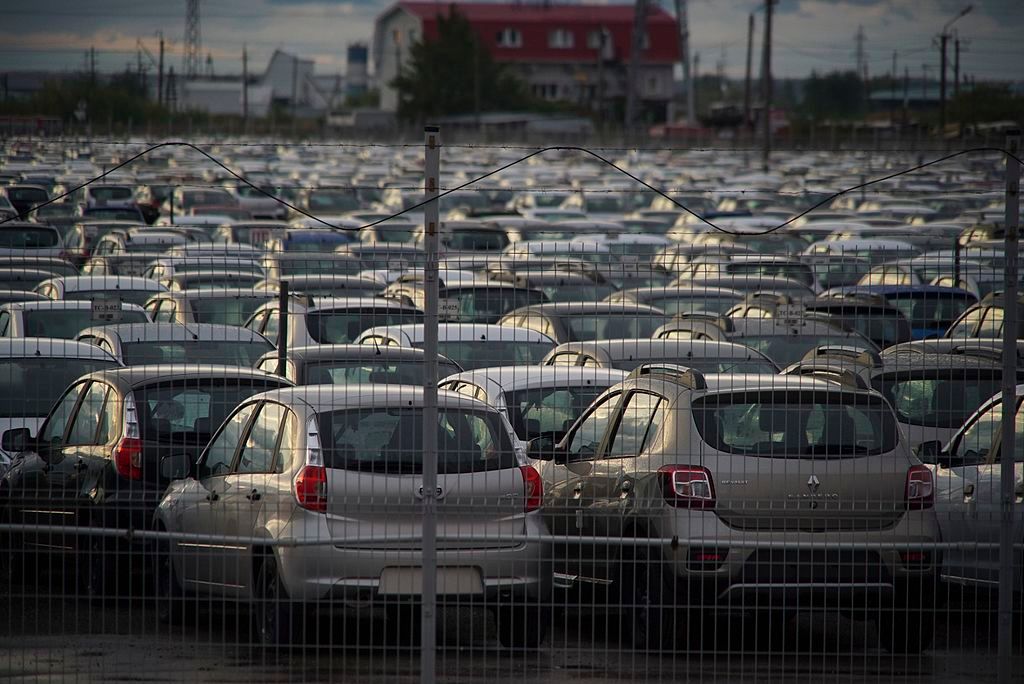In 2021, used cars defied all stereotypes attached to the word "used" when their value in the market skyrocketed beyond expectations. In the words of Jim Bianco, a market researcher, “used auto prices are rising faster than bitcoin and other assets.”
Gone are the days when cars were just a means of transportation. Now, they are potential monetary ventures, at least as of January 2022. There's a typical saying that new vehicles lose a fourth of their worth when you drive them out of the auto store where you bought them, and this couldn’t be any truer. Research shows that a normal vehicle deteriorates by 23.5% during the first year of usage.
However, it may shock you to find out that cars that are four or five-year-old are still going for a large portion of the cost of the current year's model. A research report by KPMG revealed that prices of used cars increased by 44% in November 2021. The reasons for this are not far-fetched when you consider the market influences and the impact of the COVID-19 pandemic.
Taking a closer look into this intriguing situation, we shall investigate further how we arrived at the used car bubble and why used cars are still very costly.
A Plausible Cause Of The Used Car Bubble
Generally, the used car market is supplied by individuals consistently offering their cars for sale to purchase another one. However, the tough financial situations occasioned by the COVID-19 pandemic have reduced the financial capacity of people to buy new cars; instead, they are keeping their old cars.
Accordingly, there is less availability of used cars for sale. Low demand in the new car market invariably leads to a low supply in the used car market. The effect of this car market situation is that prices of the available used cars increase significantly, since there are only so many used cars available in stock.
At the beginning of the pandemic, the manufacturing of vehicles across the globe came to an unfortunate, sudden stop in 2020. For example, by April 2020 in the U.S., manufacturing of automobiles reduced by almost 100% from the level it was in February 2020, as indicated by U.S. Agency of Economic Analysis information. In other words, it is safe to say that the used car bubble of 2021 is not a new invention, but rather a continuation of what was birthed by the pandemic of 2020.
In response to the low demand for new cars, car manufacturers are releasing lesser stock of new cars, which is causing an increase in the cost of new cars. The adverse effect of this is the discouragement of individuals who are already hindered by financial difficulties from purchasing new cars.
Furthermore, the increasing rate of unemployment and financial tension have compelled individuals to settle for the purchase of old cars instead of the purchase of new cars. Some individuals are rather compelled to keep their old vehicle and incur fewer expenses in repairing the auto parts than purchasing a new car.
In essence, there is a decrease in the supply of used cars to the market because individuals are withholding from the sale, and there is an increase in demand for used cars because that is what individuals can afford for now. Hence, the used car bubble of 2021.
Do We Expect A Burst Of The Used Car Bubble Of 2021?
Government efforts to alleviate the financial hardships occasioned by the pandemic have had significant effects on the used car bubble. A few states in the U.S. have made efforts to offer their residents some assistance by suspending vehicle repossessions.
In support of government efforts, private organizations including banks are providing conducive financial facilities that allow borrowers affected by the pandemic to defer payments on their car loans subject to terms and conditions.
Ordinarily, banks will repossess a vehicle after a couple of missed installments. Nonetheless, during these difficult occasions, 90 and 120-day deferrals have turned into the standard for most brands. Thus, it is only a matter of time before the used car bubble begins to burst into more conducive situations for normally used car market prices.
A Gradual Transition To Normal
The impact of the coronavirus pandemic may be substantial but it should be seen as fleeting. There has been gradual alleviation of the supply chain constraints in the car market. Individuals are back to their normal lives and business endeavors. There is bound to be an increase in financial capacity that will invariably increase demand for new cars.
An increase in demand for new cars spells an increase in the supply of used cars. As a result, there is a gradual transition to normal prices in the used car market. It may be overreaching to expect an immediate return to pre-COVID19 used car market prices, but it may also not take so long before we see the end of the used car bubble of 2021 that will create new normal prices within the range of decency.




